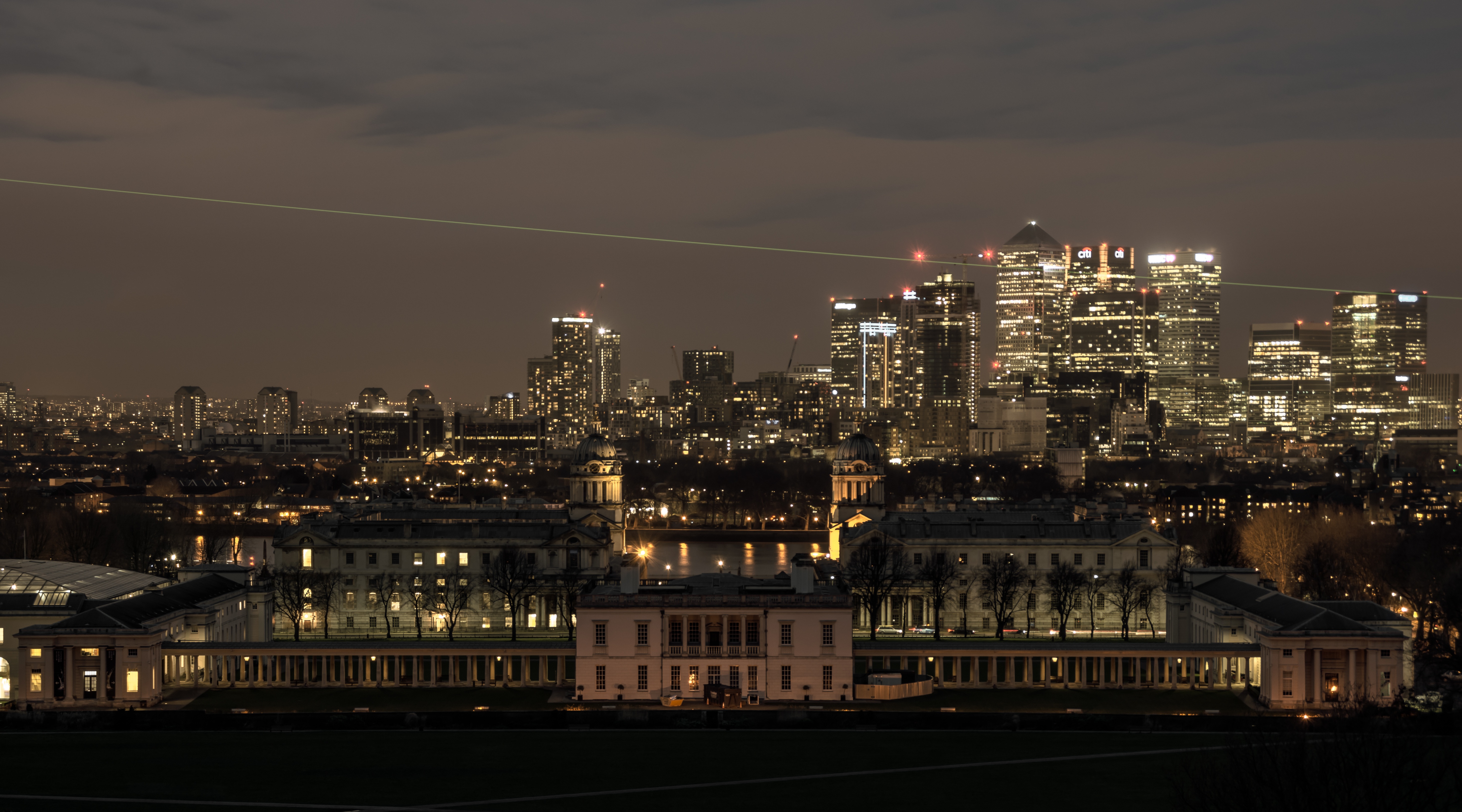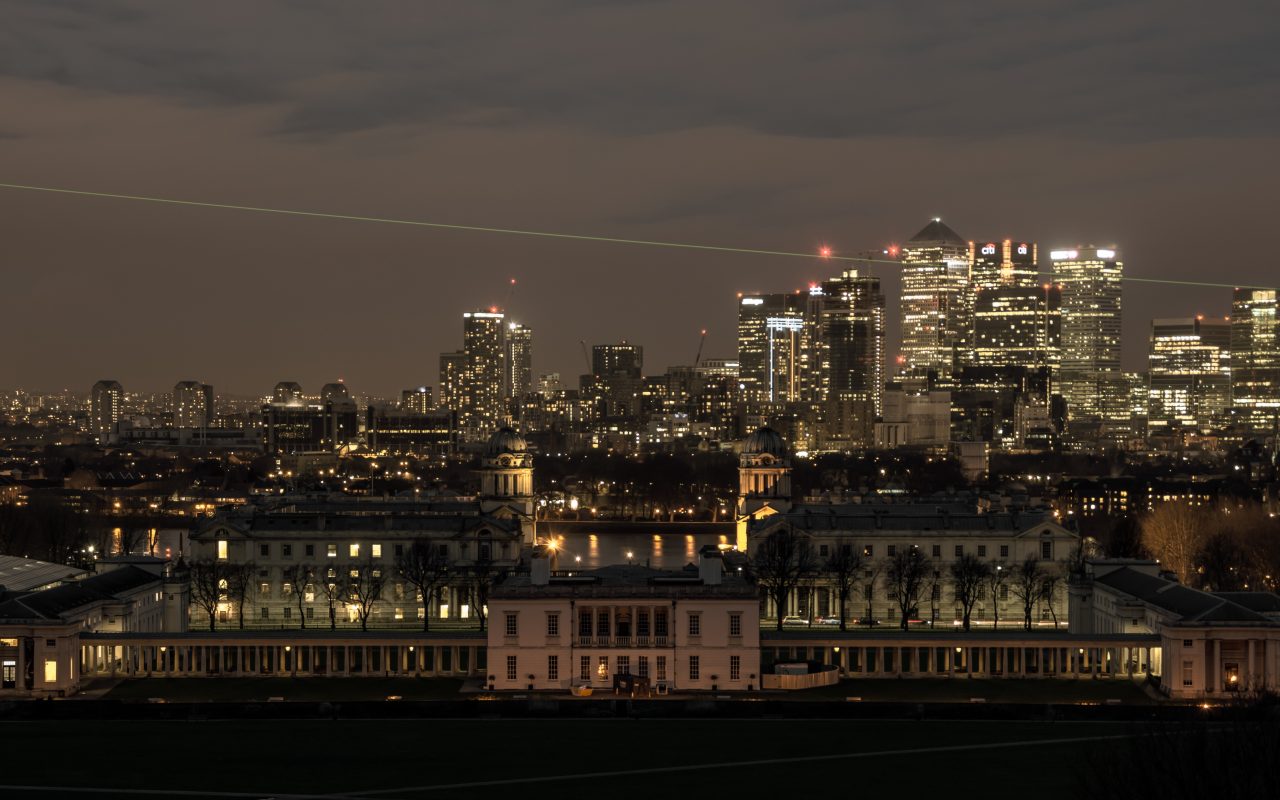
How times change. Canning Town has seen the biggest changes over the last century. Dating back as far as the 1800’s. First to be built were the East and West India Docks which helped relieve for a while the pressure on cargo berths for London.
No sooner was Victoria Dock opened that it became clear that more wharf space was required and plans for another dock were developed. Longer than Victoria dock, these new docks would feature some unique innovations – railway lines that went straight to the dock edge, refrigerated warehousing to store perishable goods – even electric lighting would follow. Named Albert Dock this new addition was opened in 1880. Now linked to the new and expanding railway network and capable of accommodating the largest iron and steam ships Victoria and Albert Docks became London’s main docks. Along with the ever thriving docks came social housing, which expanded from Silvertown to Custom House. This housing was created for local dockers and their families. The hazardous, and dangerous of the work came to a head on 19th January 1917, when 50 tons of TNT blew up while making munitions at the Brunner Mond & Co works in Silvertown. 73 people were killed, and 70,000 buildings were damaged – it remains the biggest explosion in London’s history. As the years went on, the docks increased in size. Then in 1939 Royal Docks suffered severe damage during World War II. German leaders believed that destroying the port with its warehouses, transit sheds, factories and utilities would disrupt Britain’s war effort. It is estimated that some 25,000 tons of ordinance fell on the docklands with much of that on the Royal Docks and surrounding area. Despite the damage the Royal Docks enjoyed a brief boom in trade post war and for a while it looked as though the docks would continue to thrive through to the end of the twentieth century. But it was not to be. Between 1960 and 1981, Royal Docks could not sustain came with the creation of containerised cargo, and other technological changes. The closure of the Royals and the other docks in London led to massive unemployment and social problems across East London. In mid 1981 the London Docklands Development Corporation was formed with the objective of regenerating and finding new uses for the former docks of London. The DLR was built and Canary Wharf born whilst for the Royal Docks plans were made to create an inner city Airport utilising the former central wharf as the Airport Runway. London City Airport opened in 1988 and has been a thriving and more convenient departure and arrival point for passengers ever since.Shortly after a major exhibition centre was opened – ExCel with a further phase added in early 2000 whilst a new campus was built on Royal Albert Dock and opened as the new University of East London.
Today, thousands of people arrive into London’s Royal Docks by air, tube, DLR, boat, road and even cable car. Residential, commercial and retail developments are springing up right the way along the 4 kilometres of London’s Royal Docks, from Gallion’s Reach to the planned floating village. The University of East London continues to thrive whilst ExCel now offers London’s only international conference centre . A mass of hotels, restaurants and bars have opened to service the people who live, work and study here, as well as its increasing numbers of visitors. By 2020 all of what was formerly dock buildings and land will have been regenerated. The growth story of London’s Royal Docks continues…
